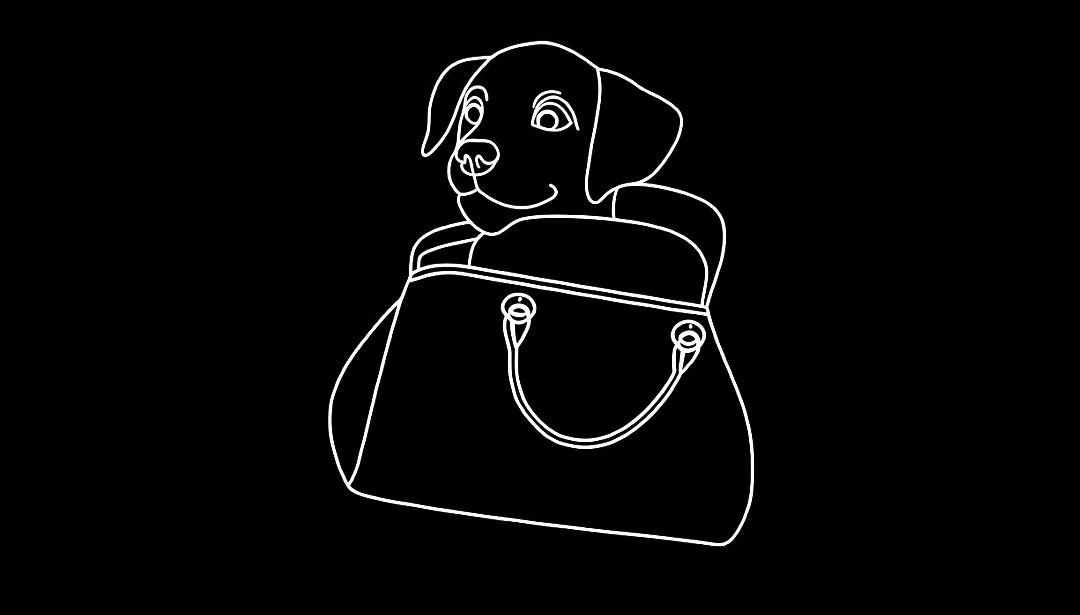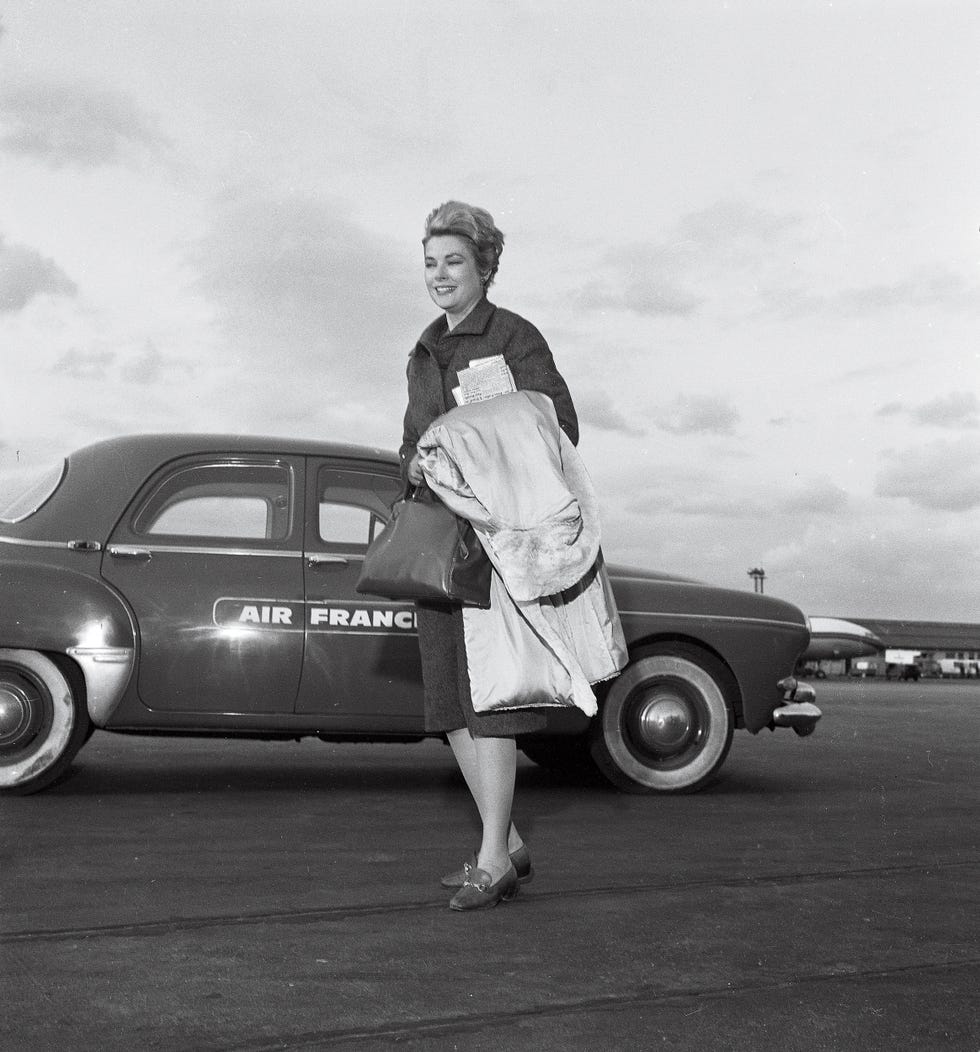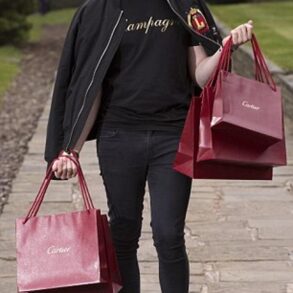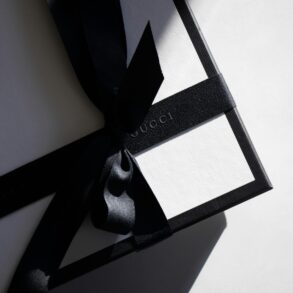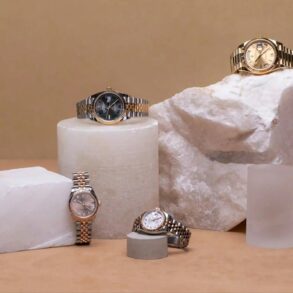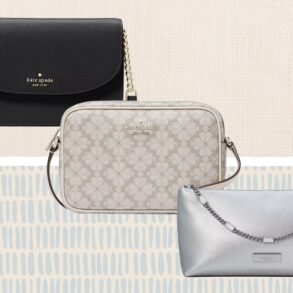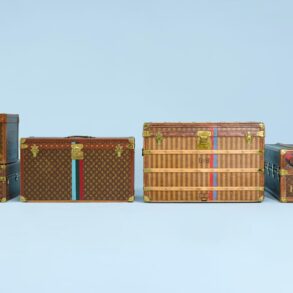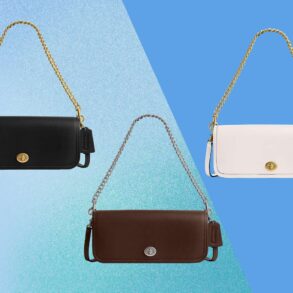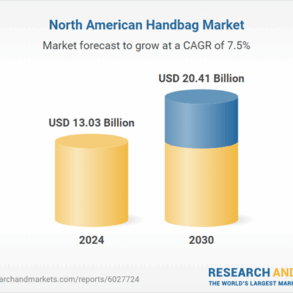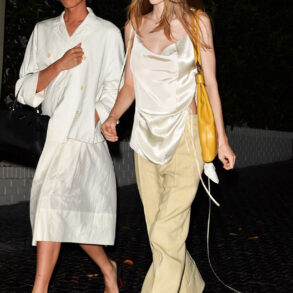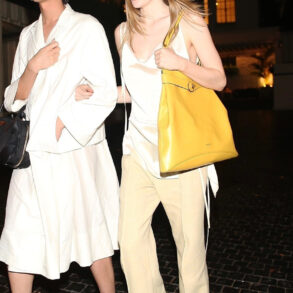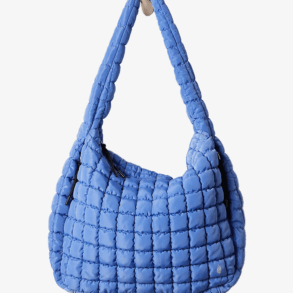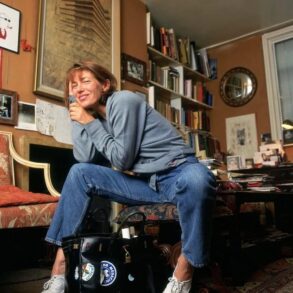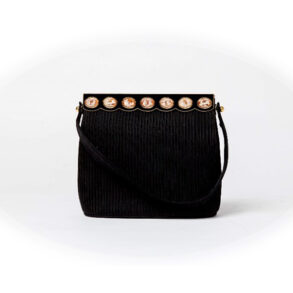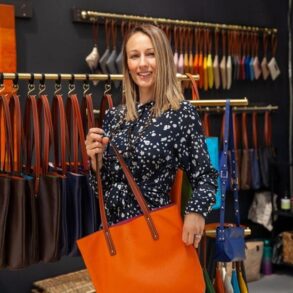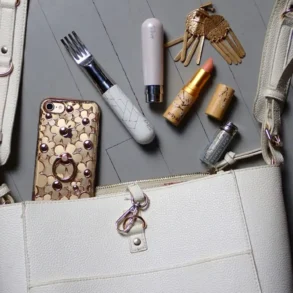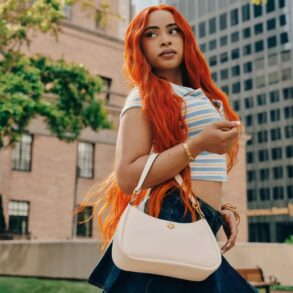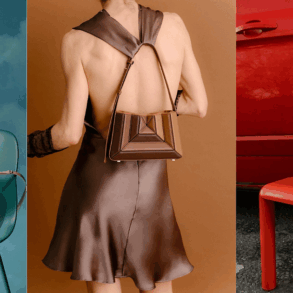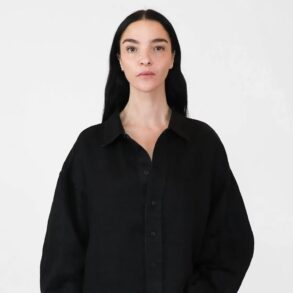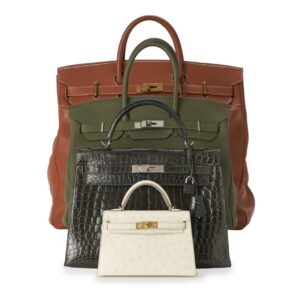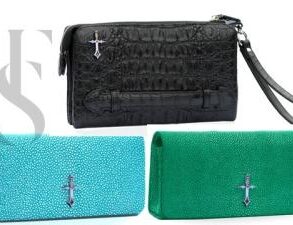On Manhattan’s Upper East Side they are everywhere. They can be seen at the dog runs in Central Park, and at Sant Ambroeus picking up tuna salad. They are even found at Rumble, discreetly tucked away before class starts. They go by a single name, like Madonna and Cher.
They, of course, are the Kelly and the Birkin, the best and most popular handbags made by the French leather goods giant Hermès. There are many reasons for the breathless adoration they receive, starting with the craftsmanship of the purses and the beauty of their design. And then of course there’s the X factor, the difficulty of scoring one, which only tantalizes shoppers more. But there’s a certain kind of customer who doesn’t wish to have the bag everybody else is after, she wants to telegraph superior knowledge of the label. For that woman, there is the Hermès deep cut.
The Kelly and the Birkin are the blockbusters in the catalog of the house founded by Thierry Hermès in 1837, but the cognoscenti know there are around 50 styles to choose from, bangers of underappreciated quality and endurance. For every “Like a Prayer,” there’s a “Secret Garden.”
“Hermès is known for their craftsmanship, and not simply following current trends, and that’s why the under-the-radar bags are so interesting,” says Mathilde Poppe, “chef de showroom and VIP” at ReSee, the vintage resale site. “They are made to last a lifetime and stay relevant for a lifetime as well.” During a recent visit to the ReSee boutique in the 16th Arrondissement in Paris, a savvy observer could spot on the shelves a Balle de Golf shoulder bag in green crocodile, a rectangular shoulder bag known as the Victoria, and a flat tote called the Massai. These sleeper hits have no obvious branding or hardware to broadcast their provenance—the ultimate if-you-know-you-know signifier.
“The girl who is carrying a more obscure Hermès is the one who wants a quality bag without everyone knowing how much she spent on it, or even where she got it,” Poppe adds. That girl is carrying on a proud tradition of Hermès stans who don’t want to so obviously broadcast their allegiance. Lily-Rose Depp has taken to carrying an off-white Plume around town as of late.
“The shape of the Alaïa Le Teckel bag is very Plume-like,” says Rachel Koffsky Parker, international head of handbags and accessories at Christie’s. “A lot of the viral bags now resemble Hermès from the ’60s or ’70s or ’80s. You see where designers are getting the inspiration.” She says that for those looking to invest, the Constance, a shoulder bag with a long strap and an H-shaped clasp created in 1967, has had a lot of interest at auction recently, along with the Birkin, Kelly, and Kelly Pochette.
When Kathleen Sorbara opened her namesake vintage shop last fall in Williamsburg, she stocked it with several heavily patinated vintage brown Hermès Garden Party leather totes that are like very posh L.L. Bean Boat and Totes. Last year Lauren Sherman, who writes the Puck fashion newsletter Line Sheet, bought a pebble-leather Bolide, a design that was created in 1923 and has a rounded shape inspired by a car hood. Hers is in a vibrant Rouge Garance. “I needed a handbag that was big enough to fit a book, a phone, a wallet. Essentially, a bag to take to lunch in Los Angeles,” Sherman says. “I am allergic to trendy bags, and also their price tags. I’ve always admired the Bolide, especially after Hermès showed a version on the runway a few years ago.” That’s the thing: The brand keeps these lesser-known classics in rotation, and remixes them often, giving customers another point of entry to their universe besides the showboats.
Choosing your own adventure at Hermès can be a byzantine experience, particularly when it comes to handbags. There’s no guarantee the item you want is yours for the taking—at least not in the color, size, and material you want. That’s the magic of the place: You can have all the money in the world, but supply is limited, and the waitlists for Birkins and Kellys, which can be some of the most intricate and expensive to make, are longer than those for The Brutalist. The deep cuts aren’t just an insider move but something of an Hermès hack.
On the market for a grown-up version of a tote, I settled on a Picotin, a style Hermès released in 2002. I was starting to feel like Goldilocks: The options at Chanel were too small, and the Row’s Margaux was too big. I couldn’t wrap my head around the double-bagging trend from a few seasons ago. The Picotin, meanwhile, is unlined and unfussy, and it comes with two big handles. It is most often seen in a small size, but it’s plenty roomy for the essentials. I found a petite one in black at one of the Hermès shops in Paris, but I decided to keep searching. I wanted a larger one in a neutral color. I knew I had to be patient. Poppe, from ReSee, ended up tracking down a 33cm version that could accommodate my laptop, a bouquet of flowers, even some leggings for Sky Ting yoga.
It was in Raisin, a brown hue with hints of eggplant. I wear it every day, and frequently I get stopped on the street. People don’t ask how I got an Hermès but a much better query: “I love that bag. What is it?”
In the top image: Hermès Jypsière bag ($8,550), Constance III bag ($13,000), In-the-Loop bag ($5,000), Mini Plume bag ($7,450), 24/24 bag ($8,550), Arcon H canvas bag ($5,800), Picotin Lock bag ($2,875), Della Cavalleria II bag ($7,050), Herbag Messenger bag ($3,525), Geta Mysore bag ($6,450), and Garden Party voyage bag ($5,600).
This story appears in the April 2025 issue of Town & Country. SUBSCRIBE NOW

Marisa Meltzer is a writer in New York who has contributed to The New York Times, the Washington Post, Elle, and many other publications.
This post was originally published on this site be sure to check out more of their content.
